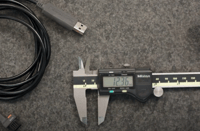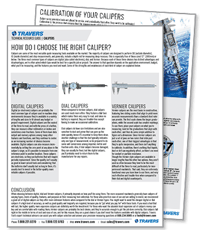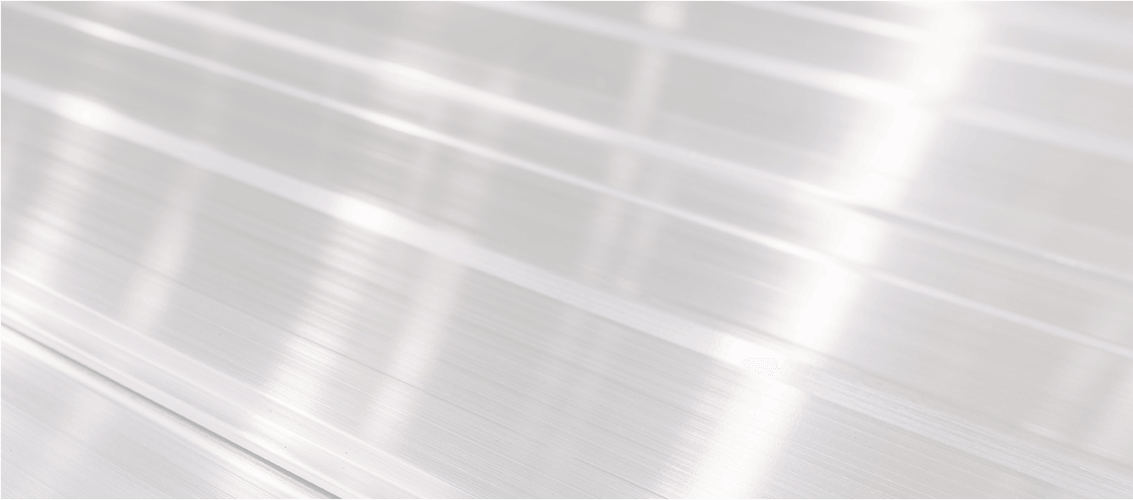Watch this video and learn how SPC measuring tools are used and how easily they can be utilized to introduce Statistical Process Control (SPC) into your shop's workflows. Click on the button below to subscribe to our channel and be the see more useful videos like this one!
Why Does Your Shop Need Statistical Process Control?
Statistical process control (aka SPC) employs statistical methods to monitor and control a process, enabling more efficient quality control. This helps to ensure that the process operates as efficiently as possible, producing more products to spec and thus, reducing scrap. Simply put, SPC can help your shop's quality control efforts by gathering data to monitor the production process, allowing you to operate at highest capacity and create a baseline that you can continuously work to improve upon.
Yes, you'll need to purchase and incorporate SPC output measuring tools which may include electronic calipers, bluetooth calipers, or outside micrometers into your shop's workflow, but the SPC output feature is typically standard or incurs a minimal increase in cost in comparison with non-SPC models. A common misconception is that you'll require expensive computer software to utilize SPC, when in reality, all you'll minimally require is an SPC enabled measuring tool and a computer running Excel that allows every 'send data' command to populate a spreadsheet and help you create control charts. Small shops can utilize this simple set-up, and reap all the benefits of SPC, with a minimal investment.
Implementing Statistical Process Control
 Step 1: Identify Critical Product Quality Characteristics
Step 1: Identify Critical Product Quality Characteristics
These are characteristics that your finished product or part must have to meet specifications.- Step 2: Select Critical Processes:
These are processes that will impact the characteristics you've identified in step 1. Collect data during these processes (either through an SPC output cable or wirelessly). When using SPC output measuring tools during this process, remember to follow the standard “10 to 1” rule for resolution (to measure 0.001" tolerance, you minimally need a gage with a 0.0001" resolution). - Step 3: Analyze Data:
Review data you've collected and seek ways to reduce variation. This will help you increase your efficiency and reduce waste. - Step 4: Stick With It:
Continually analyzing data and reducing variation allows the opportunity for continual improvement and gains in efficiency.
The Benefits Of SPC:
Maximized productivity: SPC data allows you to quickly identify problems during the production process. SPC data can help you identify the source of a problem and therefore, reduce downtime. Analyzing data can also help you identify opportunities for increased efficiency that can translate to higher production rates.
Reduced scrap & rework: SPC assures uniformity of the final product and can identify when there's a problem during the process. Real-time SPC data reporting allows the opportunity to make necessary adjustments immediately. By confirming uniformity to specifications, product quality is assured and less scrap and waste is produced.
Greater Operational Insight: When a control charts draws SPC-based data from a centralized, data repository, the data can illustrate and provide actionable insights into whether a process needs to be amended or can be improved upon. SPC data can provide a holistic view of the entire shop floor—across multiple workstations and multiple operators.

Select, best-selling metrology solutions are on sale thru 5/16/21, here.
Want To Learn about calipers?

Download our valuable guide on the proper selection and usage of digital, dial, and Vernier calipers. Learn the advantages and disadvantages of each, and which caliper best meets your needs and suits your application. Find information on:
- The fundamentals of calipers
- The features and appropriate use of digital, dial and Vernier calipers
- The benefits of calibrated calipers
- Ingress Protection (IP) Ratings explained



